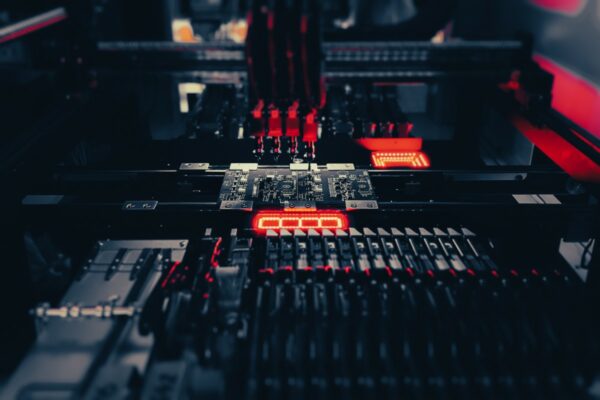What is Drilling
Drilling refers to the essential process of creating holes in a printed circuit board. These holes serve multiple purposes, such as allowing for the insertion of electronic components and establishing electrical connections between different layers of the board.
There are various types of holes that can be drilled in a PCB. One common type is the via hole, which is used to establish electrical connections between different layers of the board. Via holes can be further categorized into thru-holes, buried holes, blind holes, and micro-holes. Thru-holes span through the entire thickness of the PCB, while buried holes connect inner layers without extending to the outer layers. Blind holes, on the other hand, partially extend through the PCB, connecting inner and outer layers. Micro-holes are extremely small holes used for high-density interconnects.
In addition to via holes, component holes are drilled to accommodate the insertion of electronic components such as resistors, capacitors, and integrated circuits. These holes are typically larger in diameter compared to via holes and are often plated to establish electrical connections between the component and the PCB.
Mechanical holes, also known as mounting holes, are drilled to provide attachment points for the PCB to be mounted onto a chassis or enclosure. These holes are not used for electrical connections but rather for mechanical support and stability.
The drilling process can be carried out using different methods, including manual drilling and laser drilling. Manual drilling involves using handheld drills or drill presses to create the holes, while laser drilling utilizes laser technology for precise and accurate hole creation. Laser drills offer higher accuracy and can create smaller holes compared to manual drilling methods.
Automated drilling rigs are commonly used in PCB manufacturing to improve efficiency and accuracy. These rigs can be controlled by computers and allow for precise control and monitoring of the drilling process. Some drilling rigs even incorporate laser-detect functions to ensure alignment and correct bit diameter.





